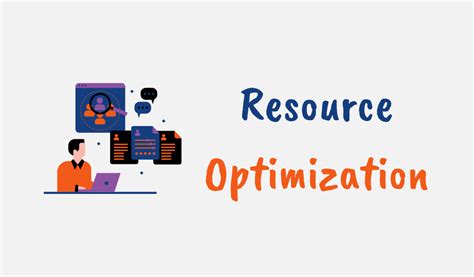Introduction

In today’s competitive business environment, optimizing resource allocation is crucial for minimizing costs and maximizing profitability. The least cost theory provides a powerful framework for making informed decisions about resource utilization, helping organizations achieve their operational goals.
Definition of Least Cost Theory
The least cost theory is an economic principle that states that rational decision-makers allocate resources to minimize the total cost of producing a given level of output. This means selecting the most efficient combination of inputs, considering both their cost and their productivity.
Benefits of Least Cost Theory
Organizations that implement the least cost theory enjoy several benefits, including:
- Reduced operating expenses: By identifying the most cost-effective inputs, businesses can minimize their expenses and improve their financial performance.
- Increased efficiency: The theory helps allocate resources optimally, eliminating waste and improving productivity.
- Enhanced competitiveness: Reducing costs enables businesses to offer competitive prices and gain a competitive advantage in the marketplace.
How to Apply Least Cost Theory
To effectively apply the least cost theory, organizations should follow these steps:
- Identify inputs: Determine all the inputs required to produce the desired output.
- Calculate input costs: Gather data on the cost of each input.
- Determine input productivity: Assess the productivity of each input in terms of output produced.
- Compare cost and productivity: Evaluate the ratio of input cost to input productivity for each input.
- Select the lowest cost input combination: Choose the combination of inputs that minimizes the total production cost while meeting the required output level.
Applications of Least Cost Theory
The least cost theory has wide-ranging applications in various industries. Some notable examples include:
- Manufacturing: Optimizing the mix of raw materials, labor, and equipment to produce goods at the lowest cost.
- Transportation: Determining the most cost-effective mode of transport (e.g., air, rail, truck) for a given shipment.
- Energy production: Selecting the fuel source that provides the most energy at the lowest cost.
- Healthcare: Allocating resources to maximize patient outcomes while minimizing overall healthcare costs.
Tips and Tricks for Successful Implementation
- Consider both fixed and variable costs: Include all relevant costs, including those that do not change with output levels (fixed costs) and those that do (variable costs).
- Use data-driven analysis: Rely on accurate and up-to-date data to make informed decisions about resource allocation.
- Involve stakeholders: Engage with departments and individuals who will be affected by the implementation of the least cost theory.
- Continuously monitor and adjust: Regularly track results and make adjustments as needed to ensure ongoing cost optimization.
Common Mistakes to Avoid
- Ignoring non-cost factors: Consider factors beyond cost, such as quality, reliability, and environmental impact, when making resource allocation decisions.
- Focusing on short-term gains: Implement the least cost theory with a long-term perspective, considering the overall impact on cost and efficiency.
- Not considering hidden costs: Avoid overlooking costs associated with training, maintenance, and other indirect expenses.
- Assuming fixed input ratios: Challenge the assumption that the ratio of inputs remains constant throughout the production process.
Conclusion
The least cost theory is a powerful tool for businesses seeking to optimize resource allocation and achieve maximum efficiency. By understanding the principles, benefits, and applications of the theory, organizations can make informed decisions that reduce costs, enhance productivity, and foster competitiveness in the marketplace.
